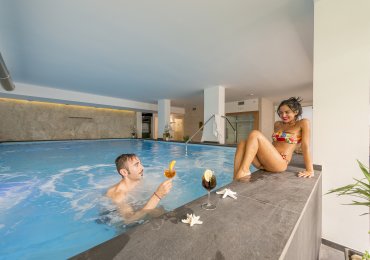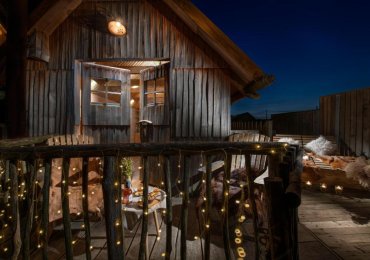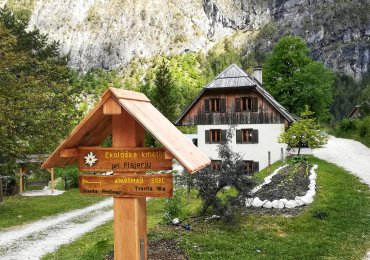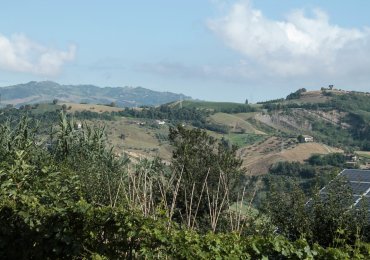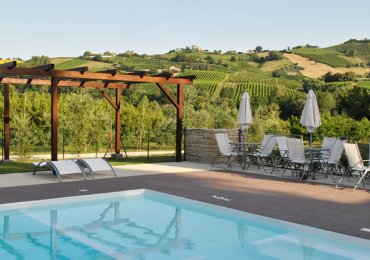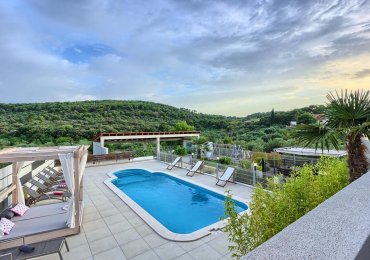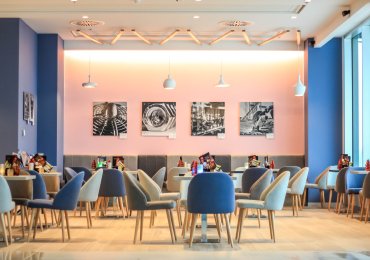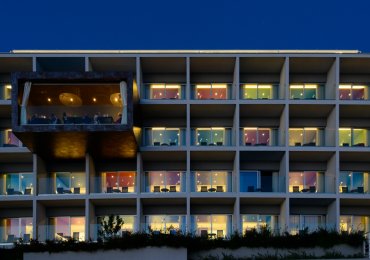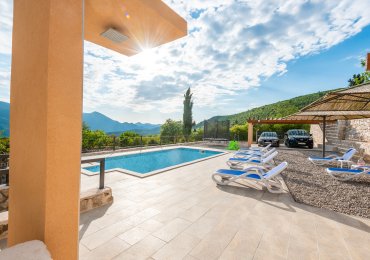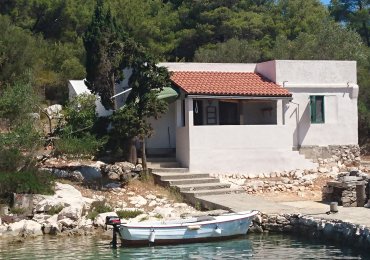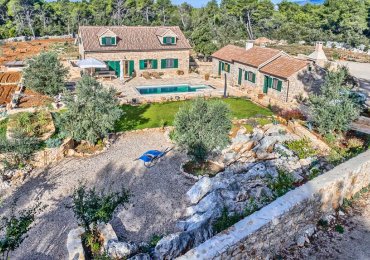Croatia is a Country rich in history and culture, where unspoiled nature meets wild beaches and rocky coastlines. It is a land of ancient traditions and different cultures, where people live in close contact with the sea, with their serene faces, wrinkled by the sun. Here there are colored villages tasting of salt, shepherds and herds, dry stone walls in the Mediterranean scrub. The tireless song of the cicadas, is the perfect soundtrack for travelers who want to discover this land!
1. Green travel
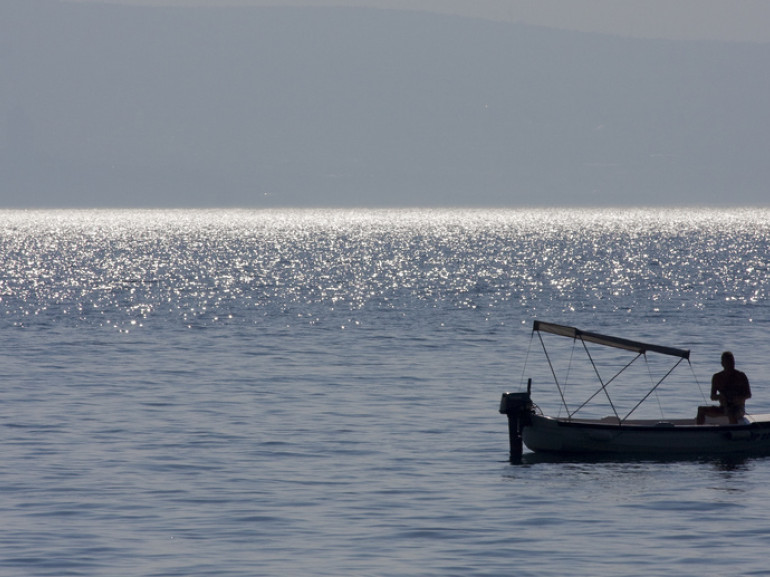
Tourism, especially in summer, is the most profitable activity in Croatia. Recently, to facilitate travellers, the transport system has been strengthened, thanks to the construction of roads, highways and railway networks.
For a car-free holiday in Croatia, the most convenient and flexible choice is definitely the bus with which you can reach almost all cities, even those situated in the mountains or along the coast, thanks to a network of well working services. By train, you can instead reach the main cities including Zagreb, Split and Rijeka.
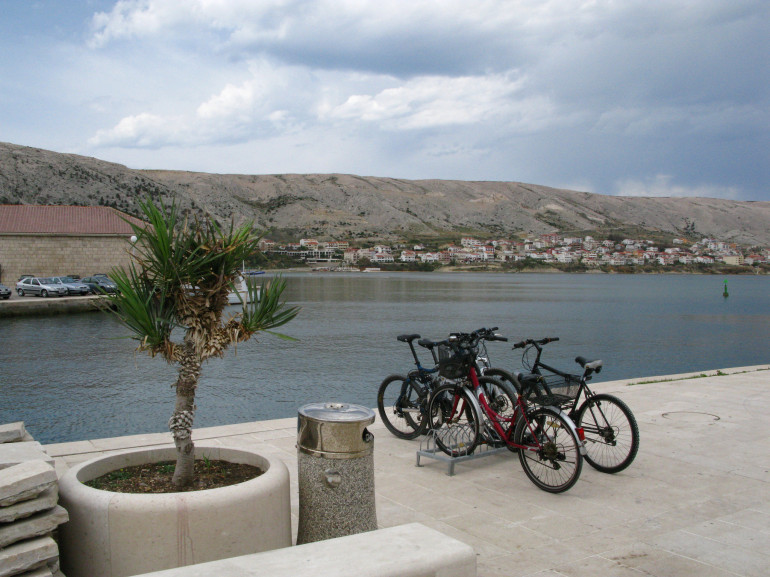
If you feel fit, bicycles are also an excellent means of transport in Croatia. The roads are in fact a continuous ups and downs, but there is only little traffic, especially in the islands and in the mountainous hinterland. Be ready to visit this beautiful region on two wheels!
2. What to see in Croatia
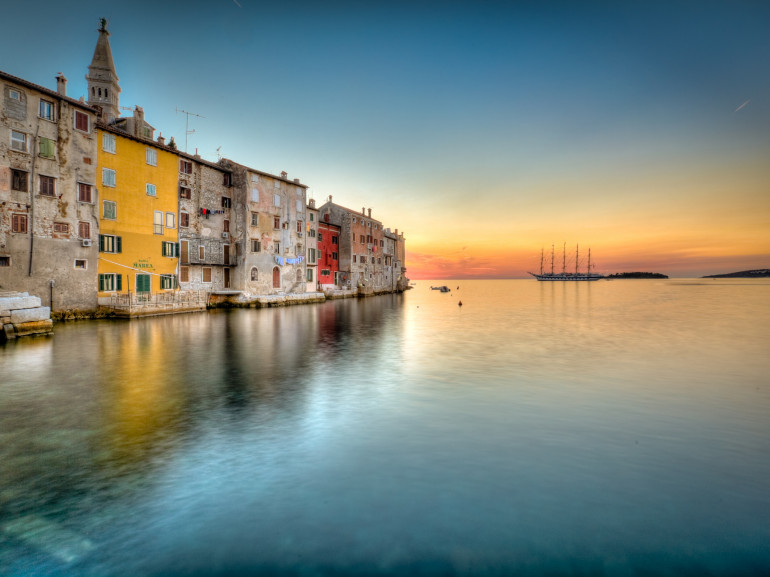
Istria is the wide peninsula situated to the north of Croatia, surrounded by the Adriatic Sea. It is known for its coastal area, recommended as a summer destination, for its beautiful beaches and lively and vibrant seaside towns, full of nightclubs and beach bars. The hinterland is instead characterized by agricultural crops (especially vines and olive trees), with villages rich in gastronomy, absolutely worth visiting! Some of these are: Umag, Novigrad, Porec, Vrsar, Rovinj, Pula and Medulin.

Continuing south along the coast, characterized by bays, inlets and attractive beaches, lies the region of Dalmatia, between the cities of Zadar and Biograd. Also included in the region are the approximately 500 islands and islets that run along the coast, easily accessible by boat. To visit is definitely Zadar, with its Venetian taste, its port, its shops and the market. The center of Central Dalmatia is instead Split whose main attraction is the beautiful Diocletian's Palace, overlooking the port.

Croatia has about 1000 islands, which run from north to south along the coast, all reachable by boat, by ferry or by mobile bridges. The islands are inhabited mainly in the summer, when they wake up, thanks to the arrival of tourists. Often, in fact, during the winter, the islanders move to the mainland, where services are more available and the climate is less rigid. Among the best known islands are those of Cres and Lošinj, Kirk, Rab, Hvar, Mljet, Lastovo, Korcula, all paradises, where you can find beautiful beaches, pearls of unspoiled nature, for a relaxing holiday in the nature.
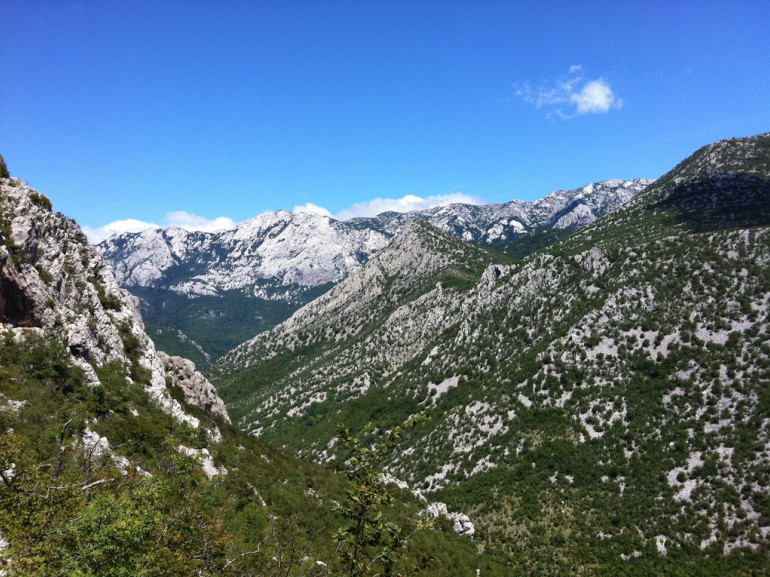
A mountain area extends in the center of Croatia, while a broad plain opens up towards Hungary. The Croatian capital, Zagreb is part of this continental area, as well as several beautiful National Parks, including the Plitvice Lakes National Park, the Northern Velebit National Park, the Risnjak National Park, the Gorski Kotar mountain region.
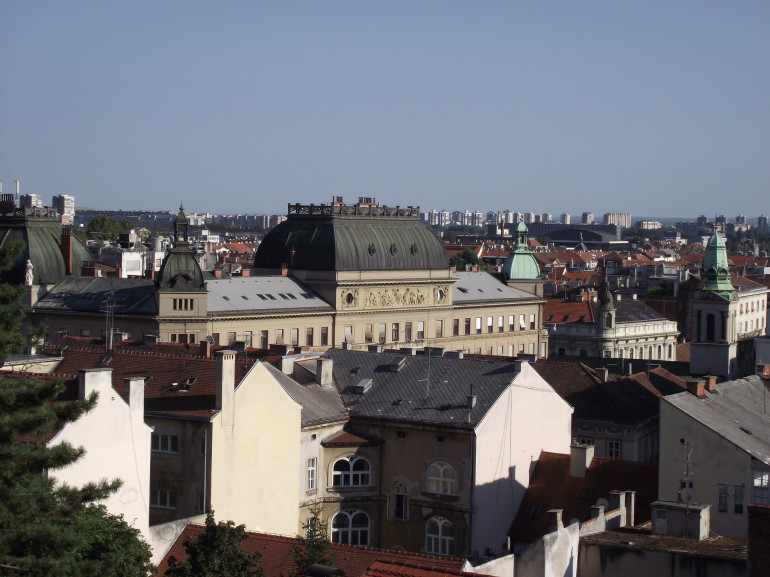
Zagreb is certainly a city to visit, located at the intersection of international communication routes, especially with Eastern Europe, with a cosmopolitan flavor. Zagreb is home to almost 1/4 of the total population of Croatia and has been inhabited by populations from all over Europe over the centuries as well as from various parts of Croatia, whose integration characterizes a rich and colorful cultural life, as well as the architecture of the city, a mix of styles from the Romanesque to the Bizzantino, from the Venetian to the most modern constructions.
3. Nature and green itineraries
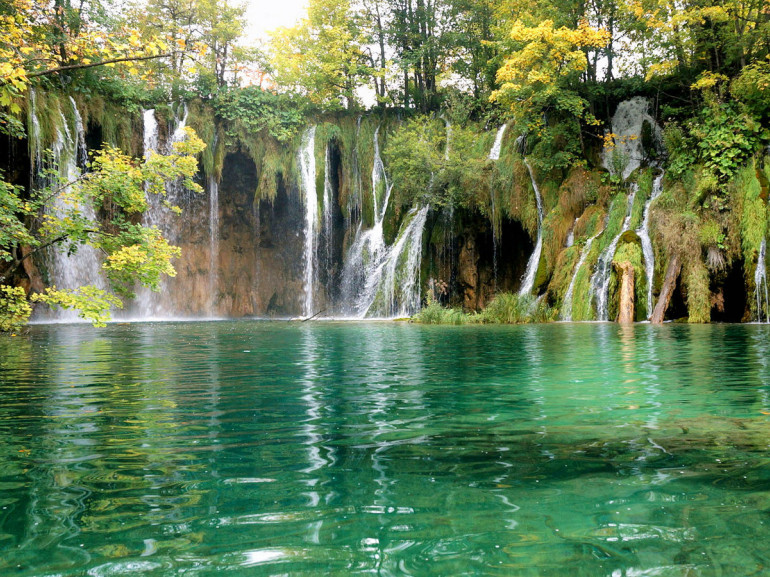
Besides the beaches and islands with their the wild and unspoiled nature, in Croatia there are many other naturalistic beauties to visit. In the Dalmatian territories, for example, the Zrmanja and the Krka rivers have carved deep kanyons, navigable for many kilometers, where the unmissable spectacle of the Krka Falls National Park is located. From Zadar you can reach by boat Kornati Islands National Park and Telascica Natural Park on the Dugi Otok island. A visit also deserves the Paklenica Gorge, with its extraordinary karst formations, which can be admired crossing them by canoe.
Also worth a visit is the Plitvice Lakes Natural Park, inland, with its 16 lakes, formed by the White and Black rivers, which have given a very particular shape to this territory. In the park you can move on foot, by bike or with a little train.
4. Local tastes
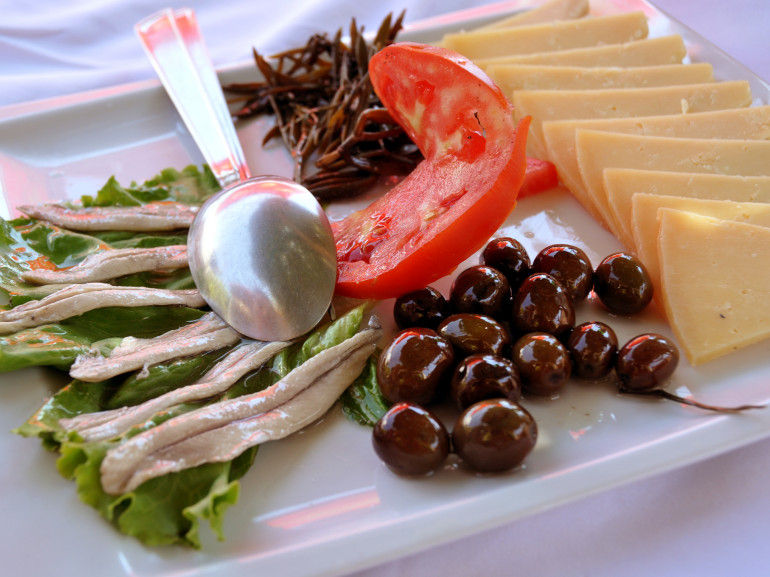
A real culinary journey awaits you in Croatia! In the north, the cuisine is influenced by the Austro-Hungarian tradition, offering tasty grilled raznjici (skewers) and cevapcici (sausages), accompanied by spicy sauces and excellent local wines.
Along the coast and on the islands the fish is always excellent and fresh, ideal as an ingredient for delicious first and second courses. Even the widespread herds of sheep on the barren hills of the islands and the inland contribute to enrich the dishes with pecorino cheeses, among which, the most famous, is the Paški sir, with the taste of thyme and rosemary.
5. Where to sleep in Croatia
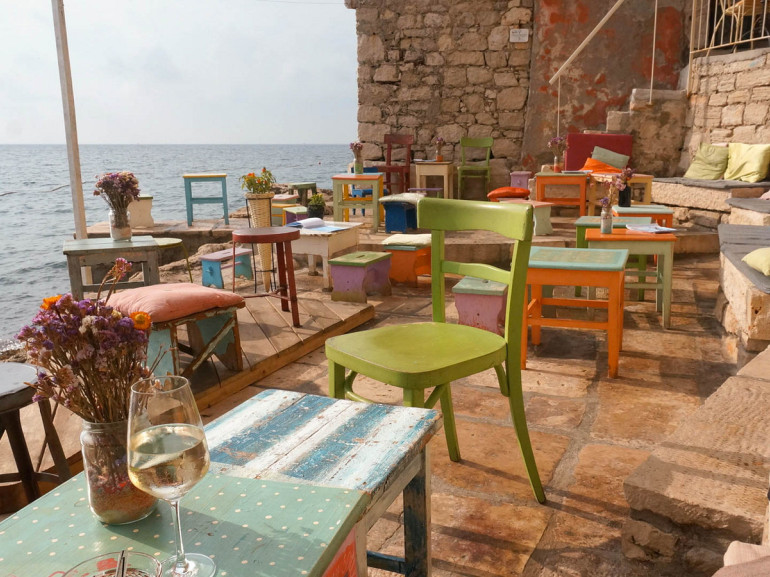
Discover all the eco-friendly accommodations in Croatia, from organic farms to apartments overlooking the sea
Discover all the ecofriendly accommodations in Croatia
Cover image: generale via Flickr
Author: Anita Cason

